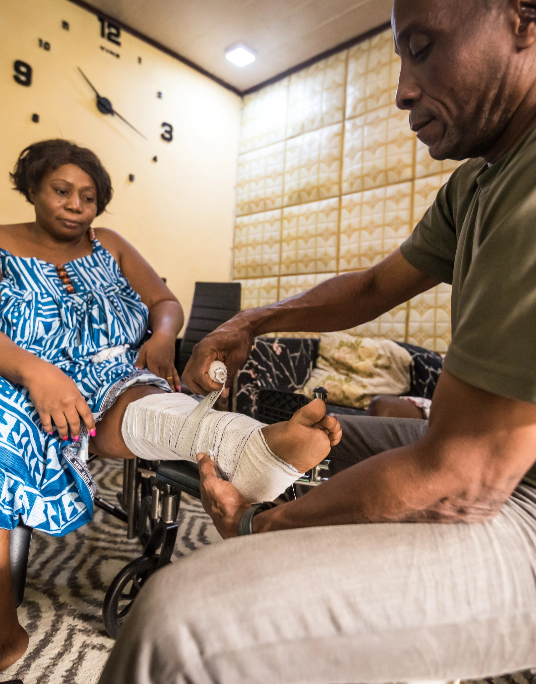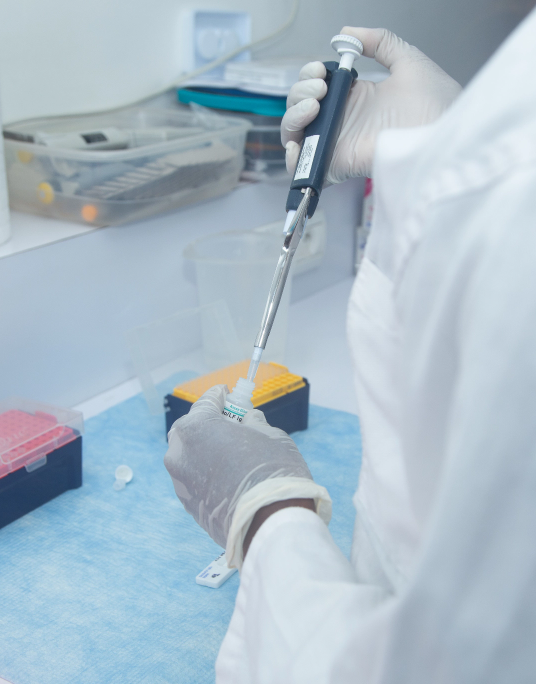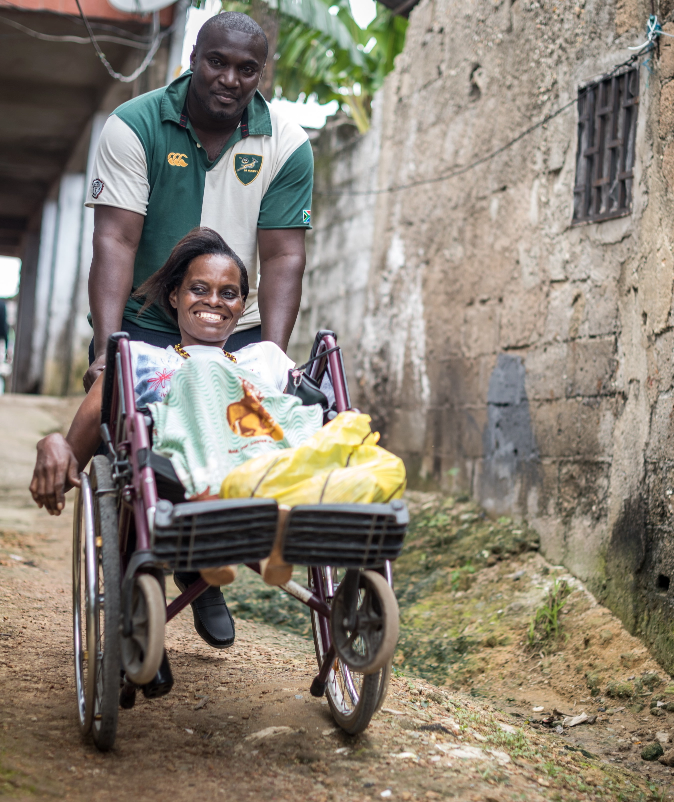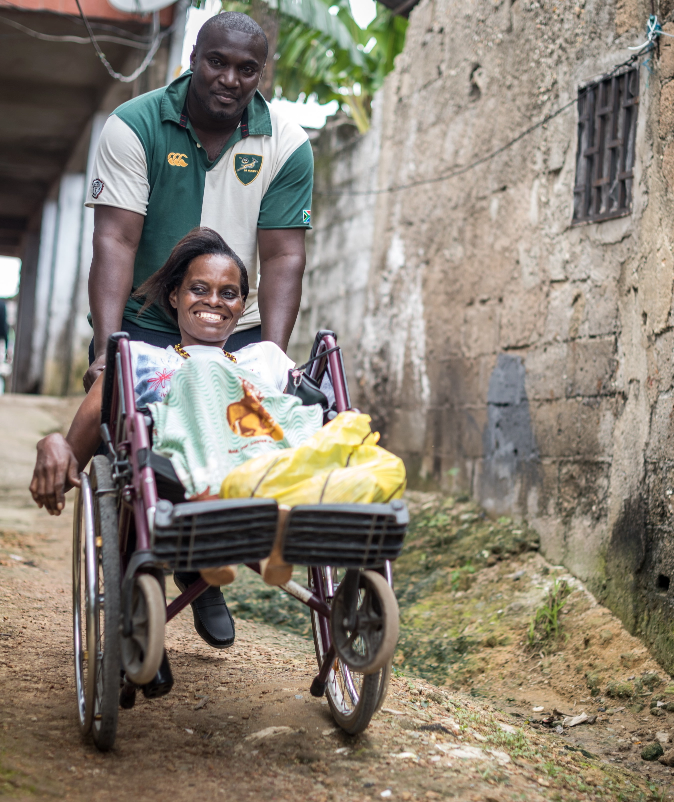

GLIDE works to elevate awareness of and engagement with specific diseases of focus – these are Malaria, Lymphatic Filariasis, Onchocerciasis, and Polio. We link disease elimination efforts at global, regional, and national levels with other relevant global health priorities.


Working together with country partners and ministries of health, GLIDE provides technical advice and capacity building initiatives. We, seek to facilitate cross-disease, cross-border, and cross-sector action to help amplify lessons learned and identify synergies to advance elimination.

Disease elimination and eradication are the ultimate goals of public health and the most coveted achievements in health policy. Only one human disease has ever been declared eradicated by the World Health Organization: smallpox
Infectious diseases, many of which first appeared thousands of years ago, have a debilitating impact on millions of people’s lives today, disproportionately affecting the poorest communities. In addition to devastating consequences on health, they also, undermine children’s ability to attend school and their families’ ability to work, limiting the growth of local and regional economies. Eliminating and eradicating these ancient diseases would have a truly life-changing impact on the lives of people across nearly 100 countries and boost economic prospects. Simply put, successfully consigning these preventable diseases to the history books would rank among the greatest human achievements.

